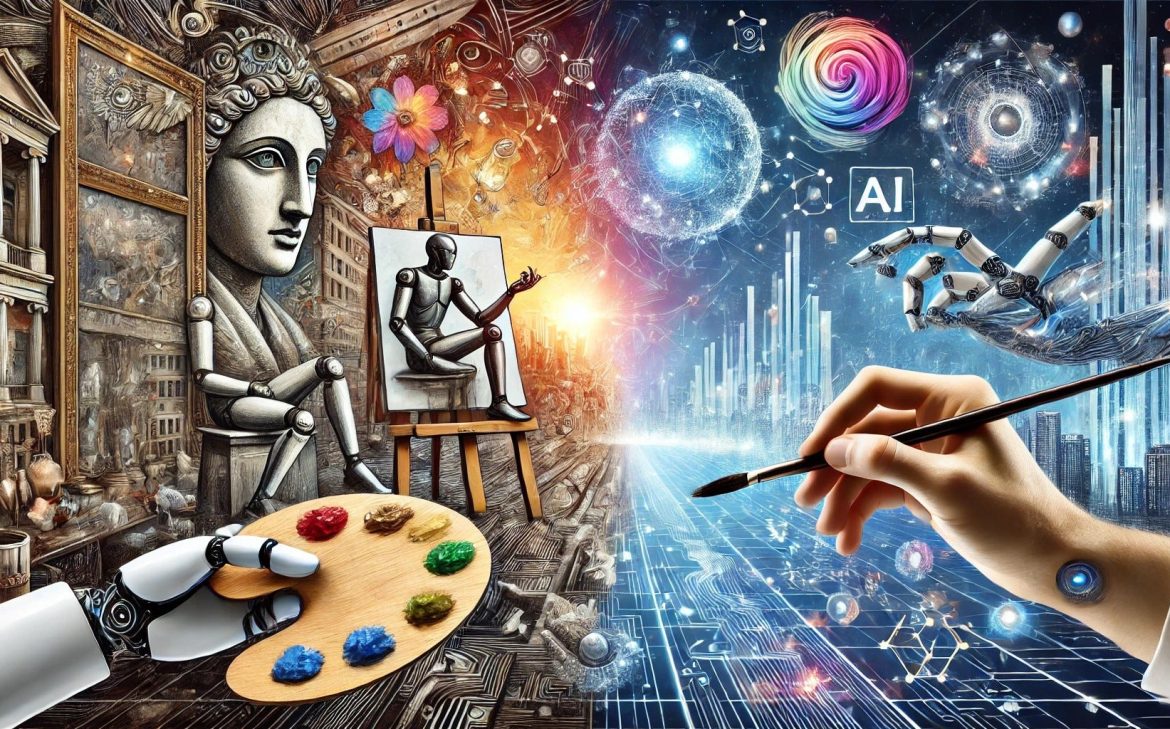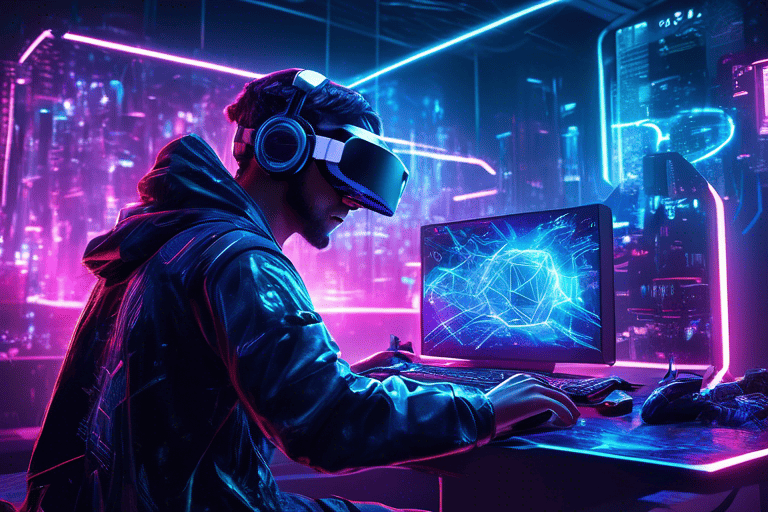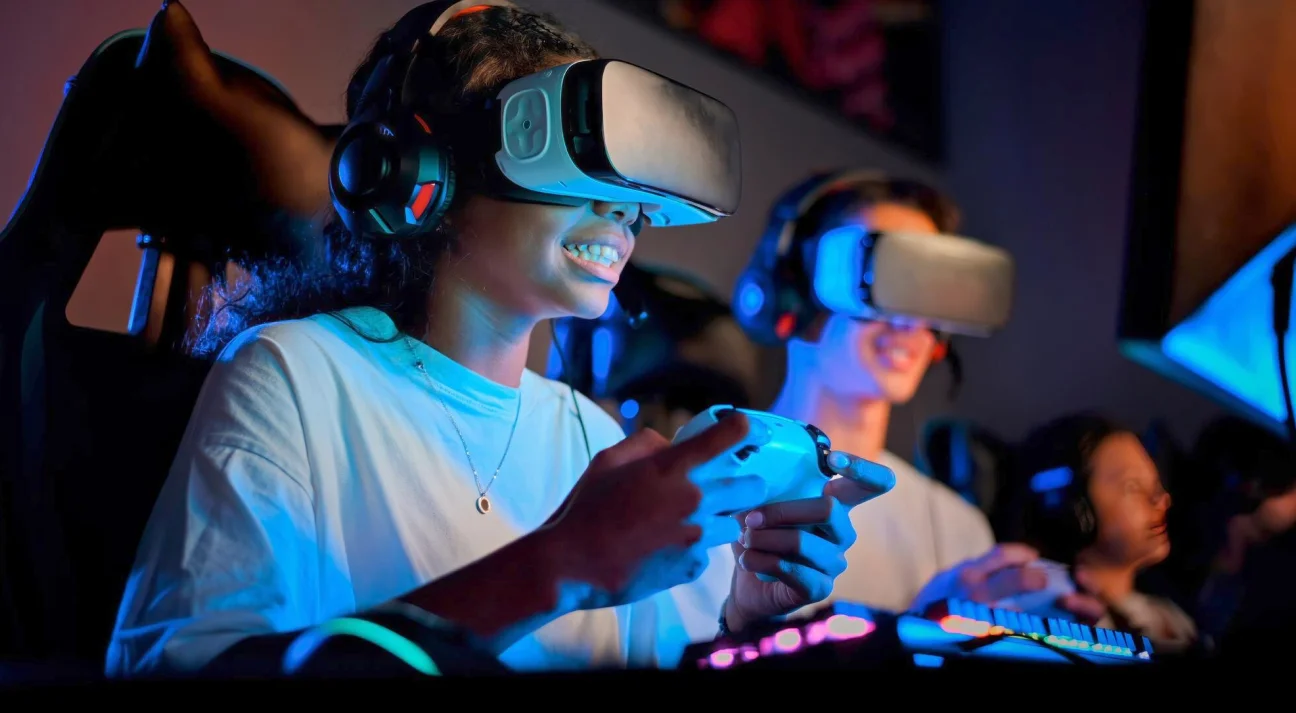Artificial Intelligence (AI) is not just transforming industries like healthcare, finance, and transportation — it is also reshaping the art world in exciting ways. As AI tools become more accessible and advanced, they are opening up new opportunities for artists, collectors, curators, and audiences.
What are the Opportunities of AI in Art?
AI in art refers to using algorithms and machine learning models to create, assist, or enhance artistic processes. While AI raises challenges, it also presents unique possibilities that are expanding the boundaries of creativity, collaboration, and accessibility.
Key Opportunities in AI and Art
Enhanced Creativity and Collaboration:
AI allows artists to experiment with forms, colors, and concepts they may not have imagined on their own. It can act as a creative partner, offering suggestions, generating patterns, or evolving styles that push human creativity into new territories.
Art Democratization:
AI-powered tools enable more people to participate in art creation. Even those without traditional artistic skills can use AI to produce visually compelling work, making art more inclusive and accessible.
Restoration and Preservation:
AI is being used to restore damaged artworks, fill in missing pieces, and analyze historical paintings with incredible precision. This helps preserve cultural heritage and provides insights into techniques used by past masters.
Personalized Art Experiences:
With AI, museums and galleries can offer tailored recommendations and interactive experiences for visitors. AI can analyze individual preferences to curate personalized exhibitions, enhancing audience engagement.
New Art Forms and Mediums:
AI is giving rise to entirely new forms of artistic expression, such as generative art, algorithmic painting, and interactive installations. Artists are exploring ways to incorporate AI into virtual reality (VR), augmented reality (AR), and immersive digital experiences.
Efficient Art Curation:
AI can analyze vast amounts of artwork data to assist curators in selecting pieces for exhibitions or creating thematic collections. It can also help identify trends and emerging artists by quickly processing online art activity and sales data.
Expanding Commercial Possibilities:
AI-generated art has carved out its own space in the market, with some pieces selling for significant amounts at major auctions. This creates new commercial opportunities for both artists and tech innovators.
Conclusion
AI is not replacing human creativity; rather, it is amplifying it. The opportunities AI presents in the art world — from broadening participation to creating new artistic frontiers — are transforming how we think about art and who can make it. Embracing these opportunities while navigating the associated challenges will shape the future of art in the AI era.







Leave feedback about this